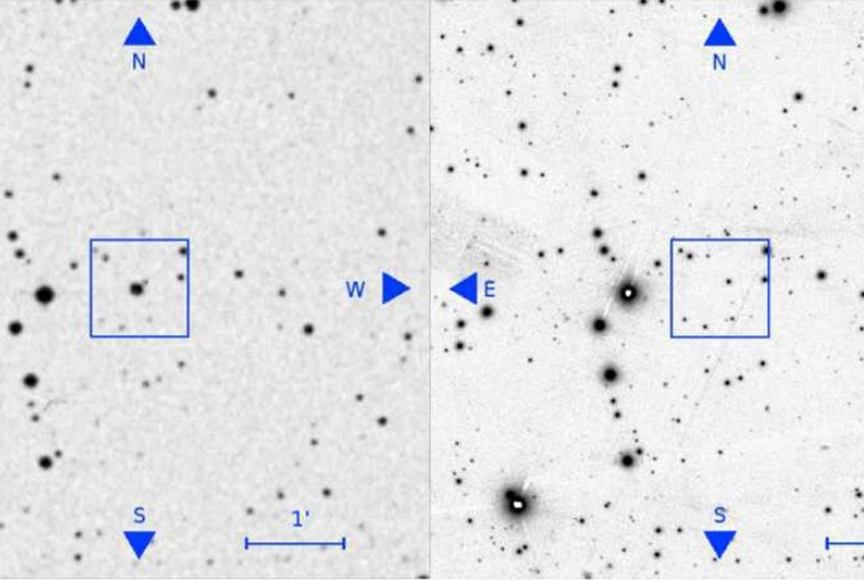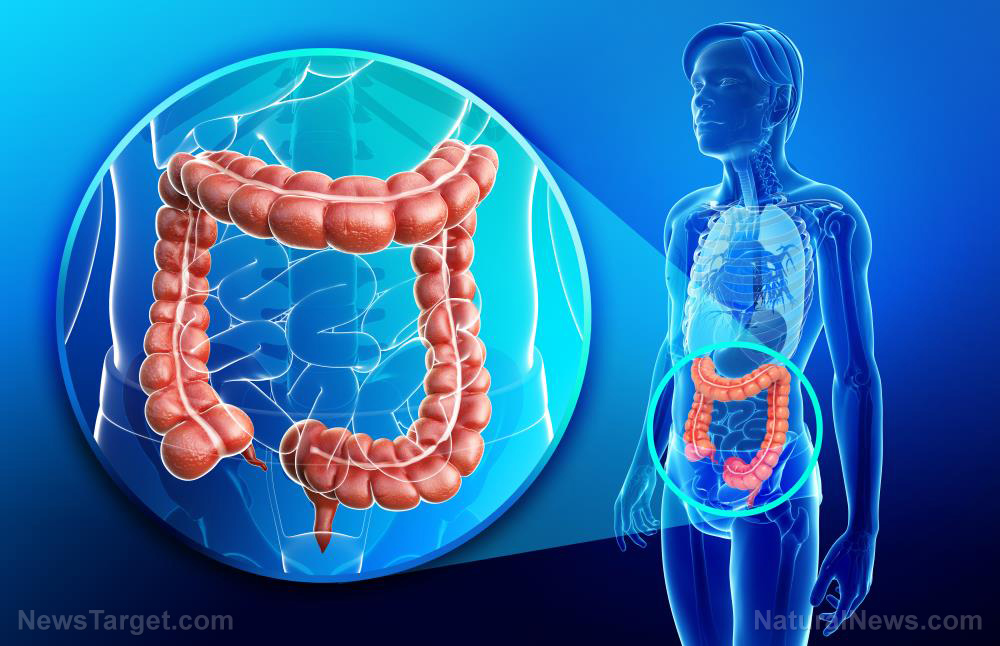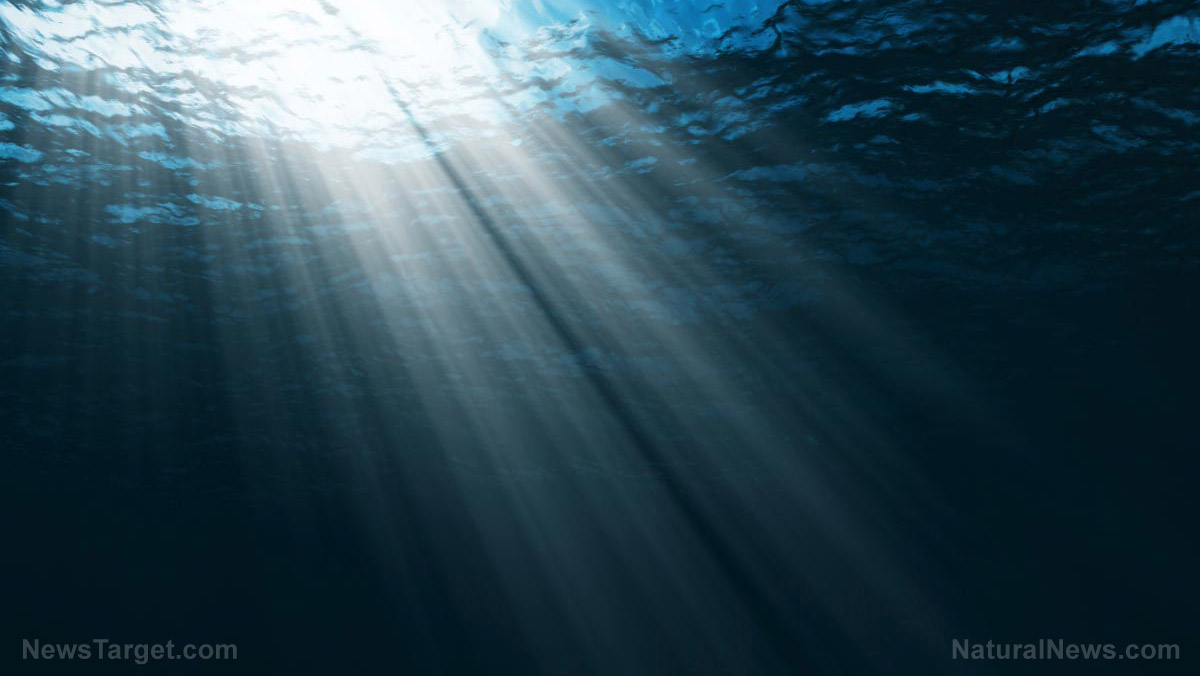A jaw-dropping find: High schooler from Iowa discovers a prehistoric mastodon jaw bone
12/26/2019 / By Michael Alexander

Imagine stumbling upon a fossil from the Pleistocene era during a trek at a farm.
That’s exactly what happened to a teenager who, while hunting for arrowheads, discovered a 30-inch-long fossilized mastodon jaw complete with teeth, on a farm in southern Iowa.
According to paleontologists from the University of Iowa who analyzed the fossil, the well-preserved jaw bone belonged to a young mastodon, a prehistoric relative of the modern elephant and a distant cousin of the woolly mammoth that may have stood up to seven feet tall and lived in ancient Iowa some 34,000 years ago.
The jawbone is the second mastodon fossil to be found in the area, with the first one being some bones that the farm owners found while fishing on their property.
A news article published by the Iowa City Press-Citizen said the farm owners, after being notified by the teenager about the fossil, proceeded to contact authorities from the University of Iowa. The university has since kept the fossil in storage at the campus’ Trowbridge Hall.
“We were notified a couple of weeks ago that somebody had found a fossil in the middle of a small river on the property,” Tiffany Adrain of the University of Iowa‘s Paleontology Repository, said in a statement published on the Iowa City Press-Citizen. The farm owners asked to remain anonymous, as they wanted to keep the location of their farm private.
“It was actually a high school student who had found the object, and the landowners contacted us and notified us [and] sent us photographs,” Adrain added, noting that she and her team of paleontology graduate students were able to identify the fossil right away as a mastodon jaw bone.
According to Adrain, fossils such as the mastodon jaw bone, are common in Iowan waterways.
“I think people are finding stuff all the time. Maybe they are out canoeing or fishing on a bank. Farmers, in particular, on the land can spot things pretty easily,” Adrain said.
According to Adrain, the University of Iowa‘s Palaeontology Repository has a number of prehistoric fossils from Iowa, many of which are large mammals that lived in the last 150,000 years. Among these fossils are of sloths, beavers, short-faced bears, bison, horses and camels.
The only fossil missing from the Repository’s collection of Iowan fossils is that of a saber-toothed cat.
According to Adrain, while the Repository has some fragments from a sabertooth, the fragments were found in North Carolina.
Mysterious giants
While it was first assumed that early humans may have hunted the animals to extinction, data gathered from the carbon dating of North American fossils revealed that the animals actually started disappearing before humans could colonize the region via the Bering Strait. (Related: Were Neanderthals in California the first Americans?)
Scientists now speculate that the species went extinct possibly due to changes to their habitat 75,000 years ago.
Mastodons, unlike the woolly mammoths that thrived in the icy regions of the prehistoric arctic, preferred to live in forests and woodlands where they can browse on trees and shrubs. According to scientists, a change in their environment — specifically from forests and grasslands to tundra — could have triggered habitat loss for the mastodons, which then led to significant drops in their population.
According to scientists, the last of the mastodons died out around 10,000 years ago, as part of the mass extinction of Pleistocene megafauna. This event, known as the Quaternary Extinction Event, led to the extinction of 70 species of mammals from North America, including animals such as the teratorns, direwolves, giant deer, glyptodons, American cheetahs, ground sloths, giant beavers, American camels, sabre-toothed cats and giant tortoises.
Sources include:
Tagged Under: artifacts, discoveries, Ecology, environment, extinction, fossils, mammoth, Mastodon, paleontology, pleistocene, prehistoric animals, real history, wildlife
RECENT NEWS & ARTICLES
COPYRIGHT © 2017 DISCOVERIES NEWS



















